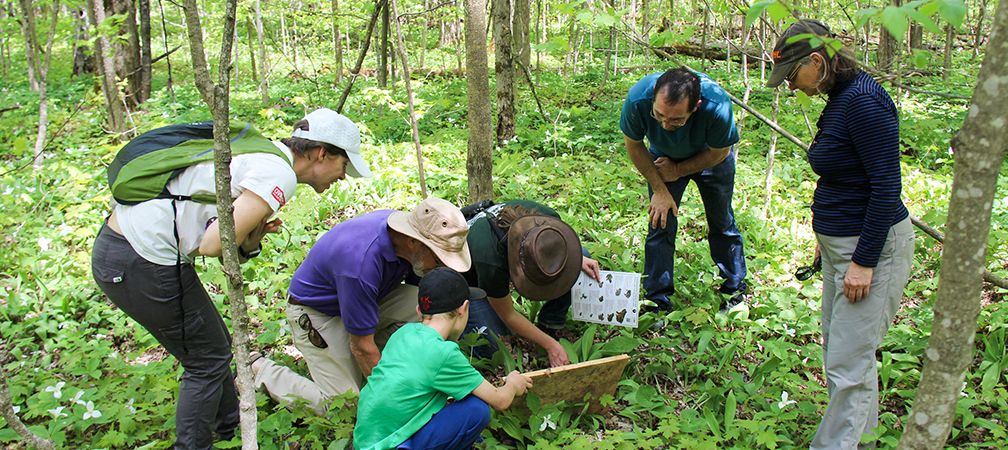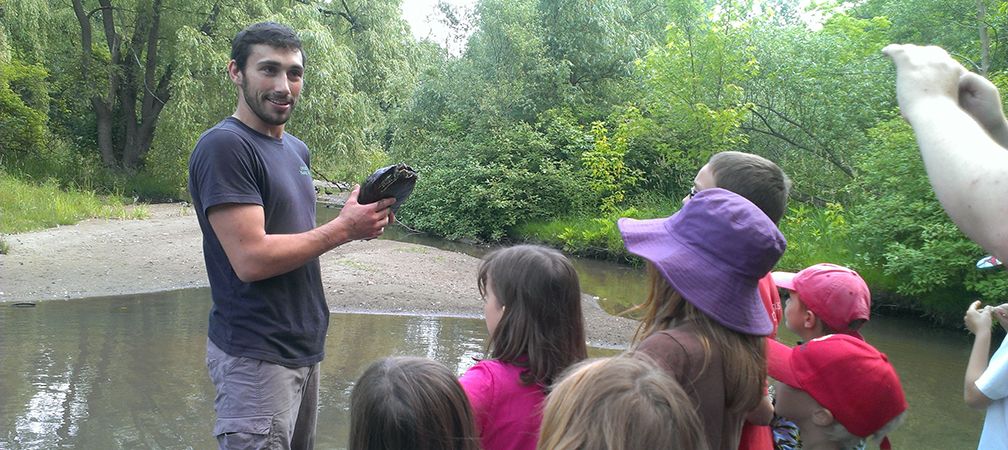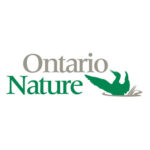Ontario Nature Blog
Receive email alerts about breaking conservation
and environmental news.
© Lora Denis
April 17, 2024–Ontario Nature Staff
Community Science•Environmental Education•Reptiles and Amphibians
Reptile and Amphibian Day, Rouge Valley Conservation Centre © Kavita Dogra
The world of conservation is vast and intricate. A major challenge lies in fostering an understanding and appreciation of nature from a young age. One powerful approach to achieving this is by integrating real-world conservation efforts, such as the Ontario Reptile and Amphibian Atlas (ORAA), into educational curricula. By doing so, teachers will not only educate our future leaders about biodiversity but also instill a sense of responsibility for the natural world.
Before diving into how educators can incorporate the ORAA into their teaching methods, it’s essential to understand its significance. The ORAA is not just a data collection initiative; it’s a testament to community involvement and collaboration. It offers a comprehensive look into the distribution and ecology of reptiles and amphibians in Ontario, detailing crucial insights into their habitats, behaviours and conservation status.


By providing students with a tangible tool to engage with real-world conservation efforts, we empower them to become active participants in biodiversity conservation. As they document their observations and see their findings become part of a larger project, they develop a profound connection to the natural world.
Incorporating the Ontario Reptile and Amphibian Atlas into educational curricula offers a unique opportunity to blend environmental education with real-world conservation efforts. Together, let’s continue to weave the ORAA into our classrooms, empowering students to make a meaningful difference in the world around them.
By the Ontario Nature team

Gananoque Lake Nature Reserve © Smera Sukumar